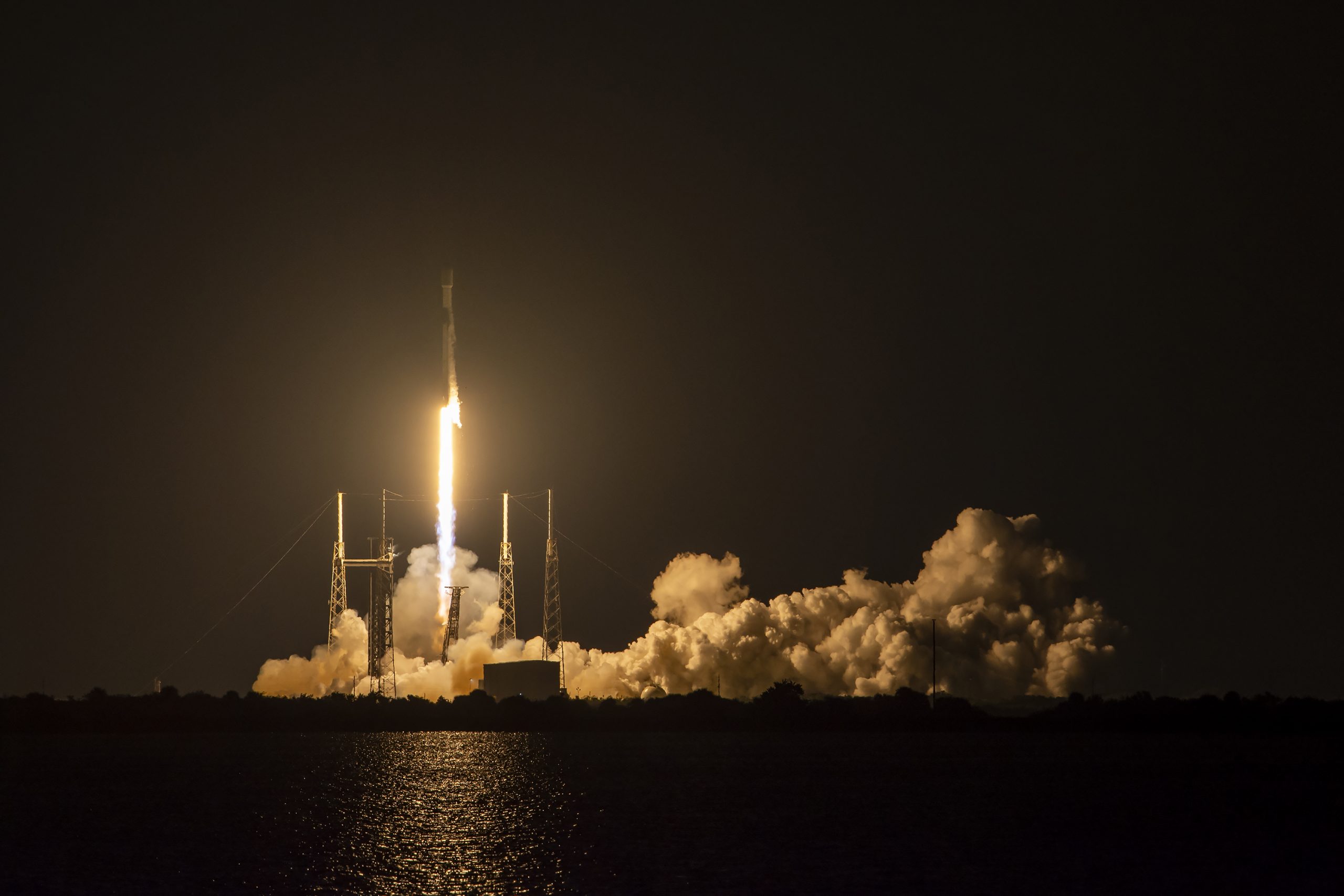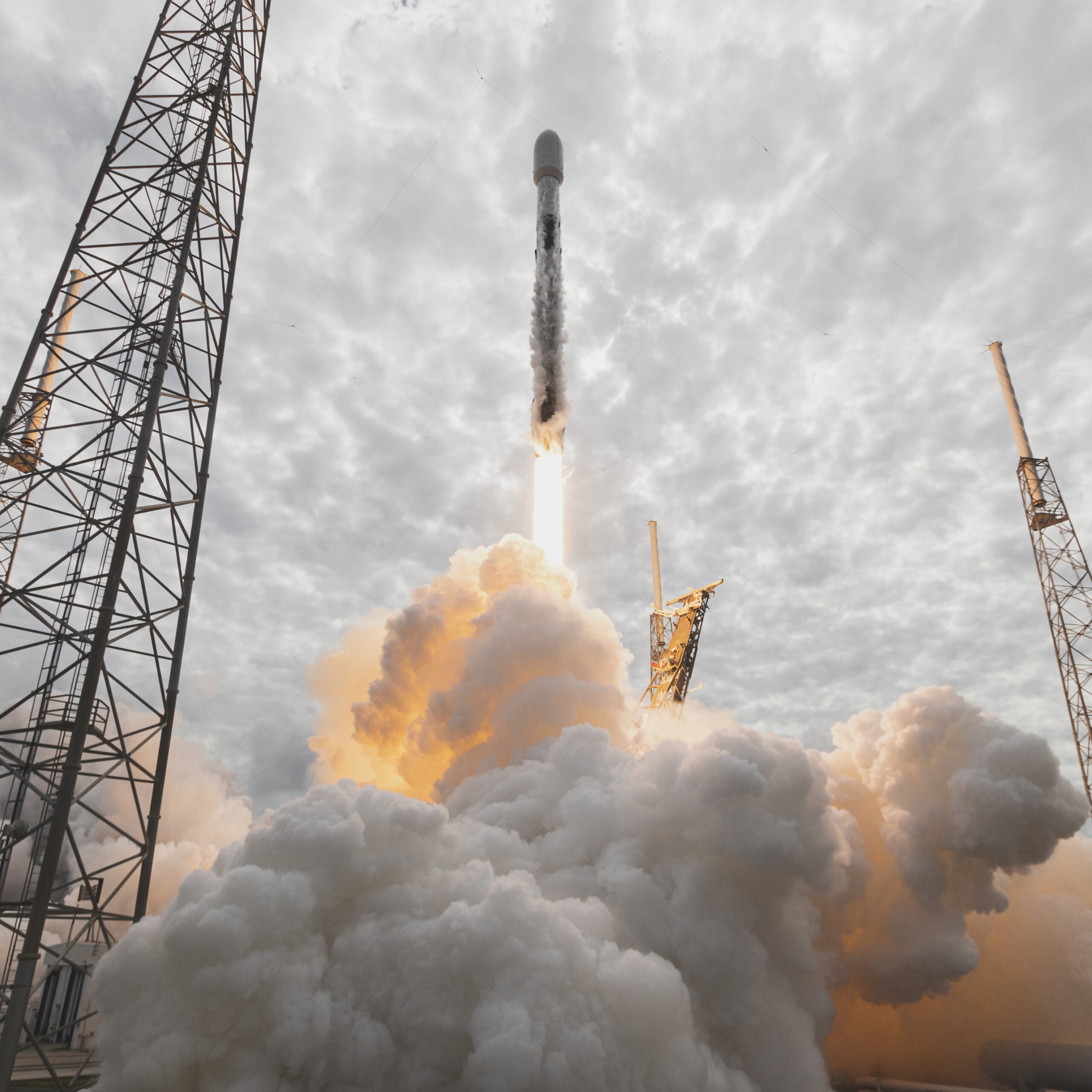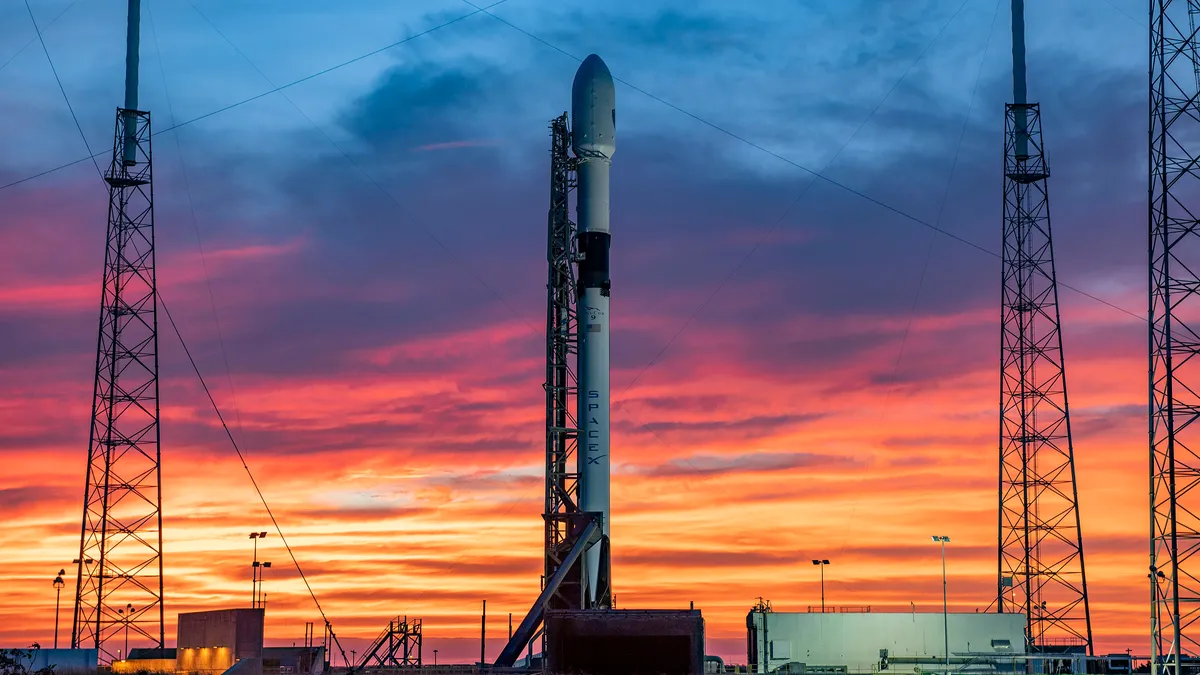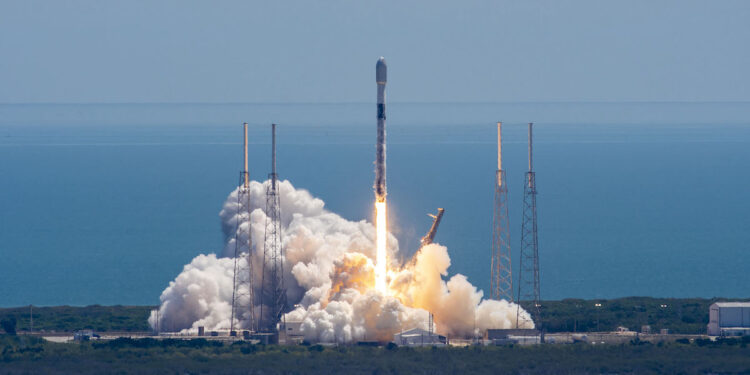In a striking display of technological prowess and strategic execution, SpaceX completed its 100th orbital launch of the year late Saturday night. This milestone event not only underscores SpaceX’s dominant position in the aerospace industry but also marks the completion of OneWeb’s first-generation satellite internet constellation. The launch, part of the ongoing collaboration between innovative space enterprises, promises to enhance global internet connectivity and underscores the burgeoning partnership between public and private space entities.

The Road to 100 Launches: A Year of SpaceX Triumphs
The journey to this landmark 100th launch has been paved with consistent successes and technological advancements by SpaceX. The mission, known as OneWeb Launch #20, took off from the Vandenberg Space Force Base at 10:13 p.m. PDT on October 19, 2024. This was not just any launch; it was the seventh mission for the Falcon 9 first-stage booster, tail number B1082, which has previously supported critical missions including USSF-62 and five Starlink missions.
A mere eight minutes after liftoff, the booster made a triumphant return to Earth, achieving a propulsive touchdown at Landing Zone 4. This precision landing marked the 21st successful booster recovery at this site and the 77th land landing for SpaceX, showcasing their reusable rocket technology that has become a hallmark of their sustainability efforts in space exploration.

The OneWeb Satellite Constellation: Closing a Chapter
The completion of OneWeb’s Gen. 1 satellite constellation marks a significant achievement in global internet service expansion. Originally aiming for 648 satellites, OneWeb exceeded expectations by deploying over 650 satellites with this final launch. The project saw numerous hurdles, from bankruptcy proceedings to geopolitical tensions, particularly the suspension of launches with Roscosmos due to the invasion of Ukraine. This necessitated a strategic pivot to other launch providers, including SpaceX and the Indian Space Research Organization (ISRO), to keep the project on track.
The final batch of 20 satellites launched on Falcon 9 will enhance OneWeb’s capabilities to deliver high-speed internet across the globe. These satellites join their predecessors in offering vital communication services, especially in underserved areas, and play a crucial role in disaster response and commercial demand surges.
A Strategic Alliance: SpaceX and OneWeb’s Growing Collaboration
This mission is more than just a milestone for SpaceX and OneWeb; it represents a growing trend in the space industry where collaboration fuels innovation. After OneWeb’s suspension of ties with Roscosmos, SpaceX stepped in to fill the gap, facilitating the launches necessary to complete the Gen. 1 constellation. This partnership not only accelerated OneWeb’s deployment schedule but also highlighted SpaceX’s capacity and willingness to support diverse aerospace projects.

Looking Ahead: Innovations and Next-Generation Satellites
As we celebrate the completion of OneWeb’s initial constellation, the focus shifts to the future, with the Gen. 2 fleet on the horizon. JoeySat, launched earlier in May as part of the 19th mission, carries the promise of next-generation technologies that could redefine satellite internet services. Developed in collaboration with the European Space Agency and the UKSA Sunrise Partnership programme, JoeySat features cutting-edge technologies like digital beamforming and electronically steered multi-beam arrays.
In conclusion, SpaceX’s 100th orbital flight of 2024 is not just a testament to its relentless pursuit of innovation but also a pivotal moment for OneWeb as it transitions to its next chapter. As these two giants continue to push the boundaries of what’s possible in space, the impact of their efforts will undoubtedly resonate across the globe, heralding a new era of connectivity and technological advancement in the final frontier.










